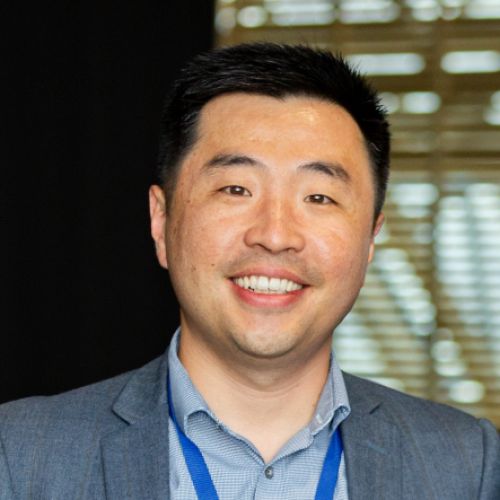Ultrafast Synthetic Transmit Aperture Imaging Using Hadamard-Encoded Virtual Sources With Overlapping Sub-Apertures.
The development of ultrafast ultrasound imaging offers great opportunities to improve imaging technologies, such as shear wave elastography and ultrafast Doppler imaging. In ultrafast imaging, there are tradeoffs among image signal-to-noise ratio (SNR), resolution, and post-compounded frame rate. Various approaches have been proposed to solve this tradeoff, such as multiplane wave imaging or the attempts of implementing synthetic transmit aperture imaging. In this paper, we propose an ultrafast synthetic transmit aperture (USTA) imaging technique using Hadamard-encoded virtual sources with overlapping sub-apertures to enhance both image SNR and resolution without sacrificing frame rate. This method includes three steps: 1) create virtual sources using sub-apertures; 2) encode virtual sources using Hadamard matrix; and 3) add short time intervals (a few microseconds) between transmissions of different virtual sources to allow overlapping sub-apertures. The USTA was tested experimentally with a point target, a B-mode phantom, and in vivo human kidney micro-vessel imaging. Compared with standard coherent diverging wave compounding with the same frame rate, improvements on image SNR, lateral resolution (+33%, with B-mode phantom imaging), and contrast ratio (+3.8 dB, with in vivo human kidney micro-vessel imaging) have been achieved. The f-number of virtual sources, the number of virtual sources used, and the number of elements used in each sub-aperture can be flexibly adjusted to enhance resolution and SNR. This allows very flexible optimization of USTA for different applications.
Duke Scholars
Altmetric Attention Stats
Dimensions Citation Stats
Published In
DOI
EISSN
ISSN
Publication Date
Volume
Issue
Start / End Page
Related Subject Headings
- Ultrasonography
- Time Factors
- Signal-To-Noise Ratio
- Phantoms, Imaging
- Nuclear Medicine & Medical Imaging
- Humans
- 46 Information and computing sciences
- 40 Engineering
- 09 Engineering
- 08 Information and Computing Sciences
Citation
Published In
DOI
EISSN
ISSN
Publication Date
Volume
Issue
Start / End Page
Related Subject Headings
- Ultrasonography
- Time Factors
- Signal-To-Noise Ratio
- Phantoms, Imaging
- Nuclear Medicine & Medical Imaging
- Humans
- 46 Information and computing sciences
- 40 Engineering
- 09 Engineering
- 08 Information and Computing Sciences

